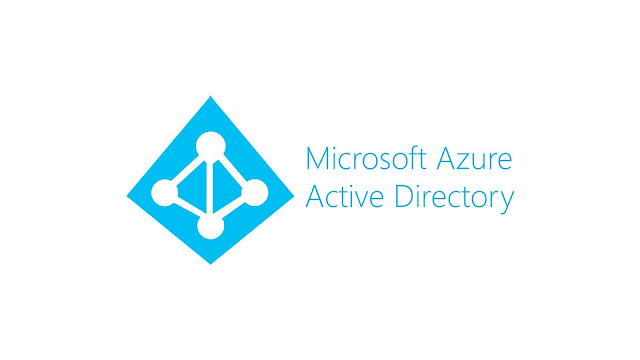There are numerous services, solutions, protocols, technologies, SDKs and products aiming to tackle the Identity issue. Apart from the obvious difference of being on-premise and cloud based solutions, there are a lot more nuanced differences between Active Directory and Azure Active Directory. As the idea of how companies interact with data changes, Microsoft has essentially been forced to create a cloud-based directory, utilizing unique code bases and with different purposes. This implies that you can't simply assume that Azure AD is equivalent to Active Directory. To understand the differences and choose which directory platform best suits your needs, we should learn about both.
What Is Active Directory?
Active Directory was created as a database that organises your company's users and computers and also to get more control over their on-premise devices and applications. It utilizes protocols such as NTLM and Kerberos for authentication and LDAP to query and change items in the Active Directory databases. It provides authentication and authorization to file services, applications, printers, and other resources on the network.
For companies looking for control over their on-prem devices and applications, the original Microsoft Active Directory is a potential better choice. It would make sense to use the legacy identity provider, Active Directory, if you’re an all-Windows® shop that uses just on-prem Microsoft assets. The main reason for this is because it works best with users, windows systems, and windows applications. However, as most IT admins already know, AD is a poor choice for multi-platform environments that take advantage of macOS® and Linux® systems, non-Microsoft cloud infrastructure and web-based applications.
What is Azure Active Directory?
Azure Active Directory is not simply a cloud version of AD as the name might suggest. Even though it performs some of the same functions, it is quite different. It is a multi-tenant cloud based identity and access management solution for the Azure platform. You can utilize Azure AD to provide secure access for companies and people. Azure Active Directory is a safe online authentication store, which can contain users and groups. Users have a username and a password which are utilized when you sign into an application that uses Azure AD for authentication. So for example all of the Microsoft Cloud services utilize Azure Active Directory for validation: Dynamics 365, Office 365 and Azure. If you have Office 365, you are already using Azure AD under the covers. To find out about how Azure can assist your business with developing, it is ideal to approach azure consulting services.
How Does Azure AD Differ from Windows Active Directory?
Azure AD is not a replacement for AD. For managing traditional on-premise infrastructure and applications, AD is the right choice. For easily managing user access to cloud applications, using Azure AD will help a lot. If you have a traditional on-premise set up with AD and also need to utilize Azure AD to manage access to cloud applications (e.g. Office 365) at that point you can use both.
The main difference between the two platforms is that Azure AD supports web-based services through the use of Representational State Transfer (REST) API interfaces. Azure AD utilizes totally different protocols and code bases to accomplish this. If you are into a new business or one that is looking for a transition from traditional on-premise infrastructure and utilizing purely cloud based applications, then you can work simply using Azure AD. When you register with one of Microsoft’s cloud applications (for example, Office 365), you will automatically become what is known as an Azure AD Tenant. This means you can deal with all the clients, authorizations, passwords and more from one place.
Conclusion
Azure AD isn't just a cloud version of Active Directory, they do various things. For managing traditional on-premise infrastructure and applications Active Directory is best. Azure Active Directory is great at managing user access to cloud applications. You can utilize both together, or if you need to have a purely cloud based environment you can simply utilize Azure AD.
Other Articles:



No comments:
Post a Comment